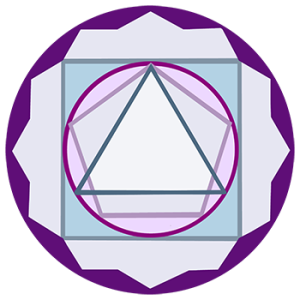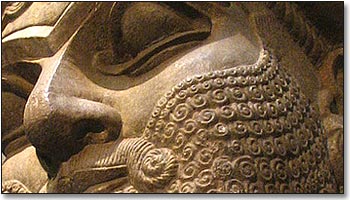Babylonian Mathematics - The Math of Astrology
Section outline
-
Take a look at Babylonian mathematics - which is still in use when you work with time (60 seconds in a minute, 60 minutes in an hour...) and astrology. In this short course, you will learn how a series of discoveries have enabled historians to decipher stone tablets and study the various techniques the Babylonians used for problem-solving and teaching.
Learning Outcomes
After studying this unit you should be able to:
- know something about cuneiform how it was used to represent numbers for mathmatical problem solving and computation;
- understand the relationship between a decimal place-value system and a sexagesimal one;
- appreciate the advanced understanding of mathematics in Ancient Mesopotamia in relation to anyone in medieval Christian Europe 3000 years later.
-
Follow along with the lessons to begin to learn how to Babylonian mathematics worked.

